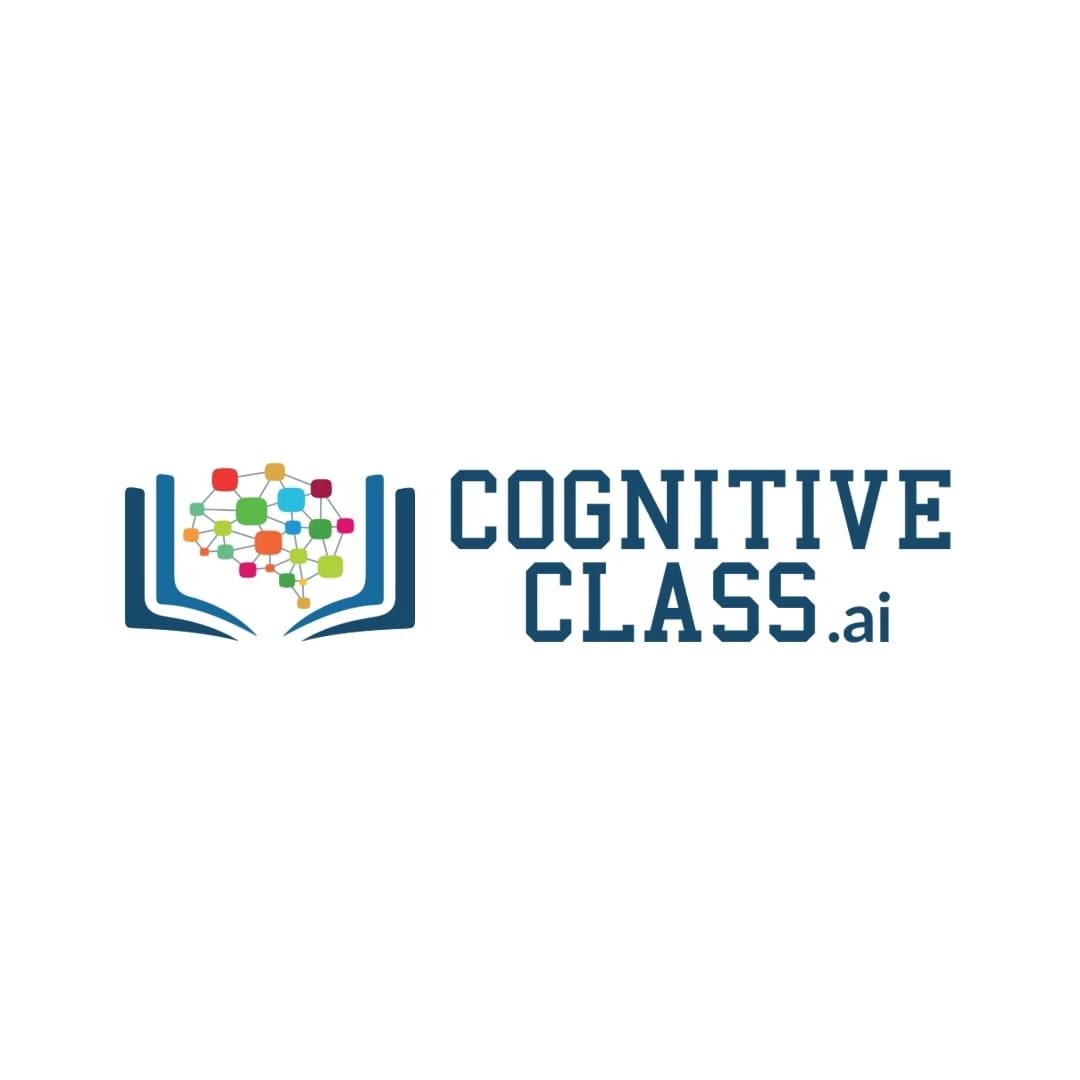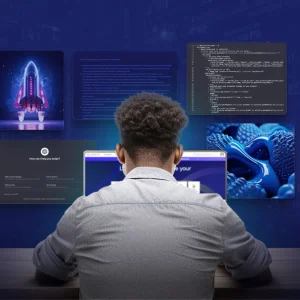Unlocking Multilingual Magic: Babel Fish with LLM STT TTS
Unlock the multilingual magic of Babel Fish by combining Large Language Models (LLM) with Speech-to-Text (STT) and Text-to-Speech (TTS) technologies. Learn how to break language barriers with AI.
At a Glance
Learn how to cross language barriers by building a complete translation system using various AI technologies. First use Speech-to-Text to convert speech to text, then use LLM to intelligently translate between languages (with a focus on comprehension), and finally use Text-to-Speech to convert the translated text back to speech.
In today’s interconnected world, the ability to communicate across linguistic borders is paramount. As we traverse digital landscapes, working with colleagues, customers, and stakeholders from different corners of the globe, the need for effective and efficient translation tools becomes evident. With the evolution of artificial intelligence, we’re not just translating words, but ensuring they’re contextually and culturally accurate. This project, capitalizes on the frontier technologies in AI to give learners the skills to build a state-of-the-art translation system. Imagine not only breaking language barriers but also facilitating more empathetic and nuanced interactions across cultures.

A Look at the Project Ahead
By embarking on this journey, you are stepping into the future of translation systems. Here’s what lies ahead:
- Learning Objective 1: Master the integration and application of Watson’s Speech-to-Text (STT) to proficiently convert spoken language into written form.
- Learning Objective 2: Delve into using watsonx.ai from the API to do translations.
- Learning Objective 3: Convert written text back to spoken language using Watson Text-To-Speech (TTS).
What You’ll Need
For an optimal experience, use the latest versions of Chrome, Edge, Firefox, Internet Explorer, or Safari.










There are no reviews yet.